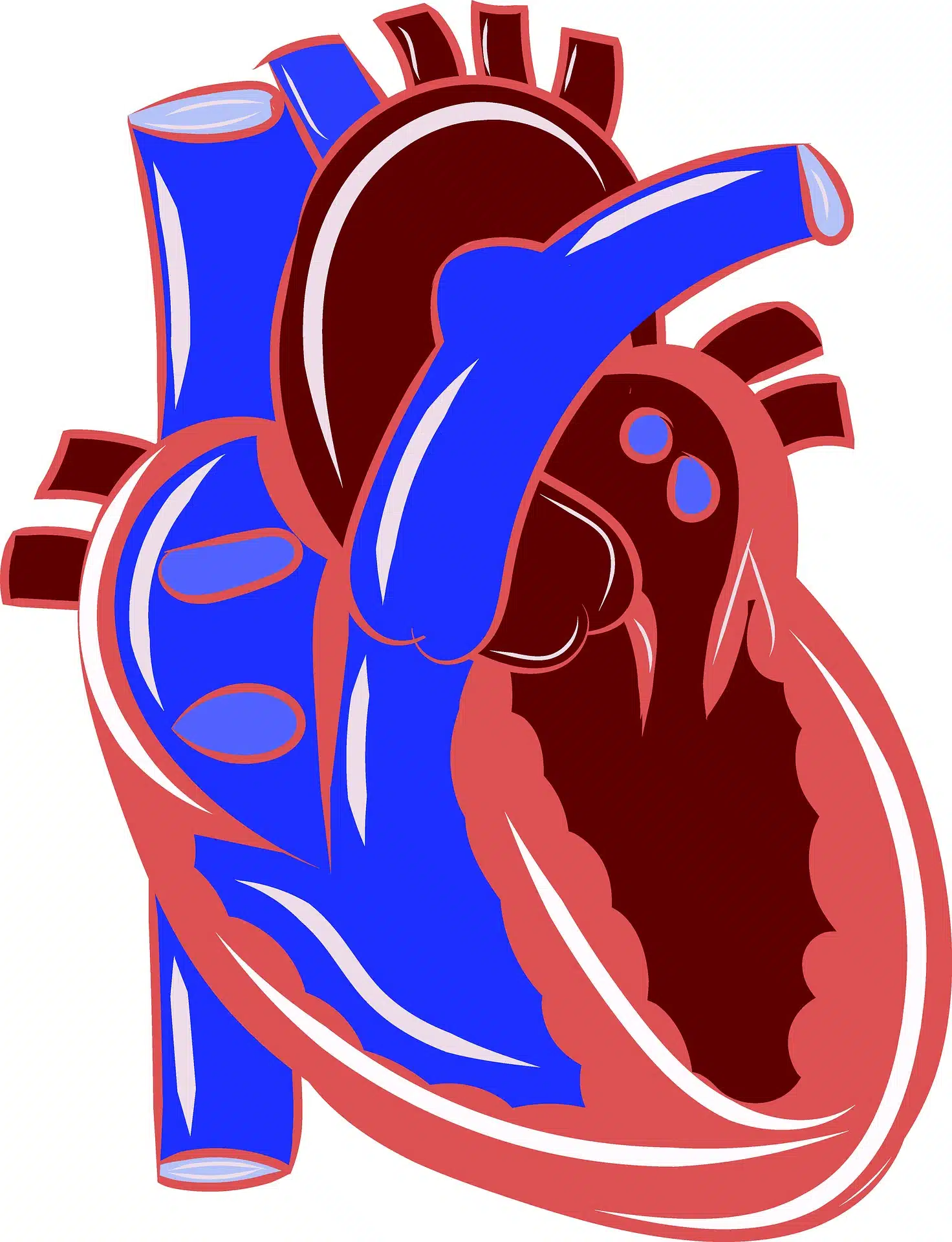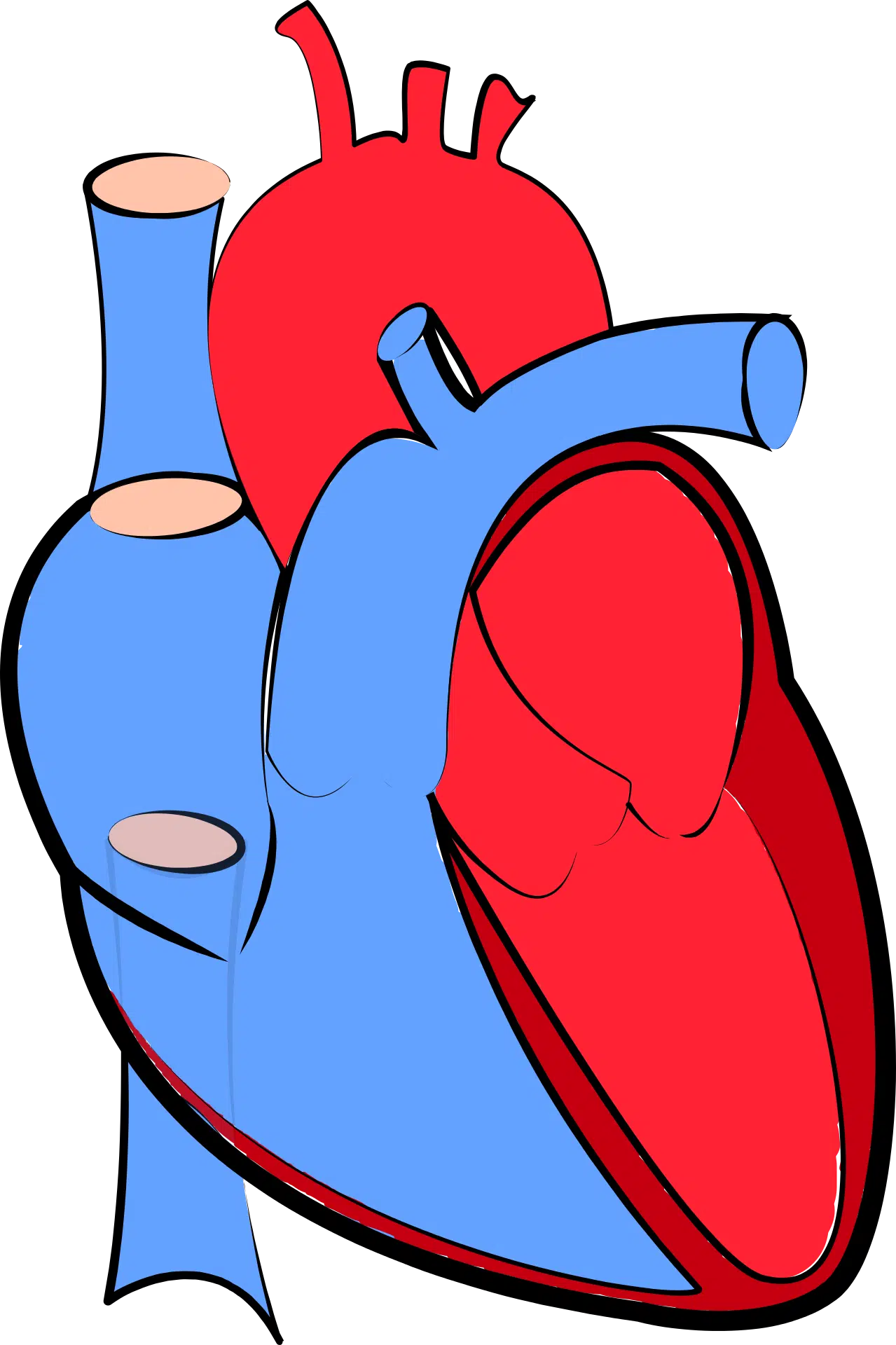
The aorta artery arises from the left ventricle of the heart.
The aorta is the artery that originates in the ventricle located in the left region of the heart muscle and forms an arch and extends towards the abdominal area. There, at the level of the fourth lumbar vertebra, it has a bifurcation that extends into two smaller arteries, which are called primitive iliac arteries .
And this without forgetting that it is also necessary to emphasize that this artery is the largest of all those that exist in the human body.
Before entering into a more detailed definition of the concept of aorta, it is necessary to determine its etymological origin. Specifically, it is found in Greek and more exactly in the word άορΤή , which in turn comes from the term άείρειν which could be translated as "to raise".
The most important artery in the human body
Since the aorta is the starting point for the rest of the arteries that form part of the circulatory system (with the exception of the pulmonary arteries, which come from the right ventricle ), it is considered medically to be the most important artery in the human body . Its function is to allow the transfer and guarantee the distribution of oxygen-rich blood to the other arteries.
The aorta is an elastic artery that is flexible and can extend . When the left ventricle contracts to supply blood to the aorta (a process known as systole ), it expands, giving it the potential energy to help maintain blood pressure when the artery passively contracts ( diastole ).

The aorta makes it possible to transfer oxygen-rich blood to the rest of the arteries.
Possible diseases and pathologies
There are several diseases or pathologies that can affect this artery, such as coarctation, which can be defined as a congenital defect of the heart, which causes the artery to become narrowed. This means, among many other things, that the person in question who suffers from this condition has a greater chance of developing an infection in the aorta.
We must also mention what is known as an aneurysm . This pathology is completely contrary to the previous one and consists of the abnormal widening of the artery in question. In this very specific case, it can lead to the rupture of the wall of the artery and therefore the patient's life is seriously endangered.
Segments of the aorta
Among the different recognizable segments in this artery are the so-called ascending aorta (a portion located between the heart and the arch, where the coronary arteries that carry blood to the myocardium originate), the aortic arch or arch (whose appearance resembles an inverted letter U and stands out for marking the beginning of the brachiocephalic trunk, the primitive carotid artery and the left subclavian artery) and the descending aorta (which extends from the aortic arch and ends at the division of the iliac arteries).
The thoracic aorta can be referred to as the half of the descending aorta that is located above the diaphragm and the abdominal aorta as the part of the descending aorta that is located below the diaphragm and reaches the bifurcation of the artery.
In addition to all of the above, we can add that aorta is a word that is part of a broader term: arch of the aorta . It defines the arch that the aforementioned artery forms from its origin until it reaches the abdomen.
